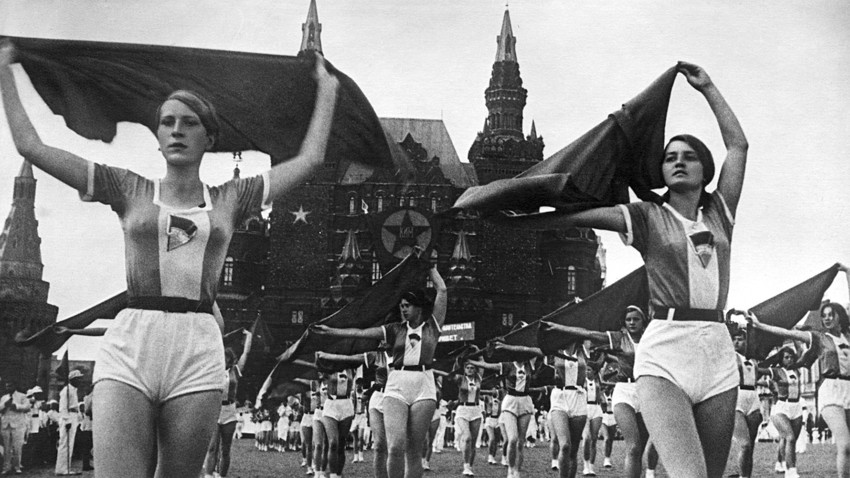 |
| Soviet sexual revolution |
Birth Control, Reproduction, and Family under State Socialism in Central and Eastern Europe
During December 1989 Romania saw massive protests and riots that resulted in an unusually speedy collapse of the totalitarian political system that had lasted for 42 years. Just a few days after Romanian president and Communist Party leader Nicolae Ceaușescu, who had dominated Romanian politics since 1965, attempted in 21 December 1989 to give his last speech in front of a large crowd of people assembled in Bucharest, he was captured and executed, the government fell and the country was in turmoil. The newly formed »transitional« government first met on 26 December. One of the main issues on its agenda did not have anything to do with the threat of the internal armed conflict or impeding political and economic chaos. It was something far more intimate, affecting the lives of millions of women and couples. It was the decision to broadly liberalize abortion, which had been tightly restricted from 1967, to go into effect on 1 January 1990. This was not only the practical but also a highly symbolic ending of the tightly controlled political regime that attempted, far more than any other country of Eastern Europe, to regulate people’s reproduction.
How could the issue of abortion become so important in the period when reliable contraceptive pills were widely available in many countries? How could reproduction and its control gain such prominence in a country that proclaimed full support to women’s equality and declared it aimed to improve their status? How did reproductive lives and reproduction-related policies change during the decades of state socialism? And how did they differ between countries? This study aims to give at least partial responses to these questions. Specifically, after discussing key social and political trends in the 1950s-1990s this contribution provides a broad picture of sexual and reproductive behavior, contraceptive use, abortion, and gender roles in Central and Eastern Europe. It also discusses the official regulations and approaches pertaining to sexuality and reproduction. To give a wider context, the main characteristics of family and family ideals are outlined. In the conclusion, I discuss whether considerable variation between countries still makes it possible to speak of a distinct »state socialist« pattern of reproduction and what its main characteristics were.
The main focus is the period following region-wide liberalization of abortion in the late 1950s up to the collapse of the state-socialist political system around 1990. Geographically, the chapter covers all the formerly state-social-ist (or socialist) countries of Central and Eastern Europe, including European republics of the former Soviet Union as well as former Yugoslavia, but excluding Albania, which was a poor and extremely isolated country that differed a lot from the other countries of the region. For simplicity, I refer both to countries in their pre-1991 boundaries, including the former Soviet Union, Czechoslovakia, Yugoslavia, and the German Democratic Republic (referred to here as East Germany), and to present-day countries which were parts of wider multinational states up to the early 1990s.
No comments:
Post a Comment